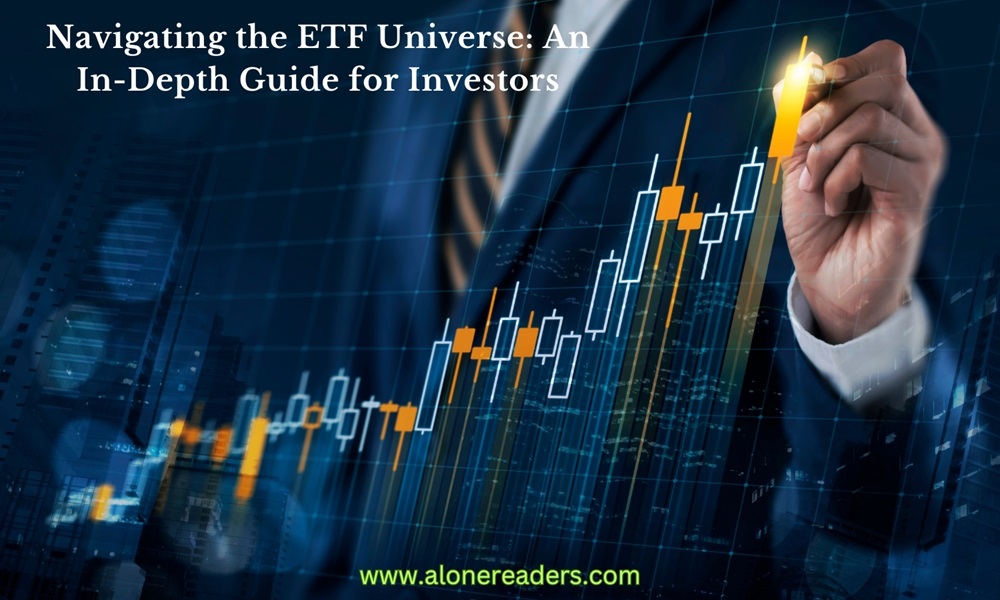
In the ever-evolving landscape of investment, Exchange-Traded Funds (ETFs) have emerged as a popular and versatile financial instrument for investors of all levels. This article aims to provide a comprehensive overview of ETFs, delving into their types, benefits, risks, and strategies for effective investment.
At their core, ETFs are investment funds traded on stock exchanges, much like stocks. They track an index, commodity, bonds, or a basket of assets like an index fund, but trade like a stock on an exchange. ETFs experience price changes throughout the day as they are bought and sold.
Equity ETFs
Equity ETFs are perhaps the most common, tracking various stock indices. They can range from broad market ETFs, which cover large segments of the stock market, to sector-specific or country-specific ETFs.
Bond ETFs
These ETFs focus on investments in government, municipal, or corporate bonds. They offer a way to gain exposure to the bond market with the liquidity of stock trading.
Commodity ETFs
Commodity ETFs allow investors to invest in commodities like gold, oil, or agricultural products without physically holding the asset.
Thematic and Niche ETFs
These ETFs target specific themes or trends, such as technology, healthcare, or environmental sustainability.
Diversification
ETFs can hold hundreds or thousands of stocks or bonds, offering instant diversification to investors.
Liquidity
Since ETFs trade like stocks, they can be bought and sold throughout the trading day at market price.
Lower Costs
ETFs typically have lower expense ratios compared to mutual funds, making them a cost-effective investment option.
Transparency
Most ETFs are transparent, allowing investors to see the assets held by the fund.
Market Risk
Like any investment in the stock market, ETFs are subject to market risk. The value of the ETF can go down if the underlying assets decrease in value.
Liquidity Risk
Some niche or smaller ETFs might have lower liquidity, which can lead to wider bid-ask spreads and difficulty in buying or selling shares.
Tracking Error
This occurs when there's a disparity between the performance of the ETF and its underlying index or assets.
Core-Satellite Strategy
This involves having a 'core' of broad-based ETFs, complemented by 'satellite' ETFs that target specific sectors or themes for higher growth potential.
Dollar-Cost Averaging
Investing a fixed amount regularly in ETFs can help mitigate the impact of market volatility.
Tactical Allocation
Investors may use ETFs to tactically adjust their portfolio in response to market changes or economic forecasts.
ETFs are a potent tool for diversification. By holding a variety of assets, they can help reduce the overall risk of an investment portfolio.
The ETF market continues to evolve, with new products and strategies emerging. Trends like ESG (Environmental, Social, and Governance) investing and thematic ETFs are gaining popularity.
ETFs offer a flexible, cost-effective, and diversified investment option suitable for a wide range of investment strategies. Whether you're a seasoned investor or a beginner, understanding the world of ETFs can significantly enhance your investment portfolio.